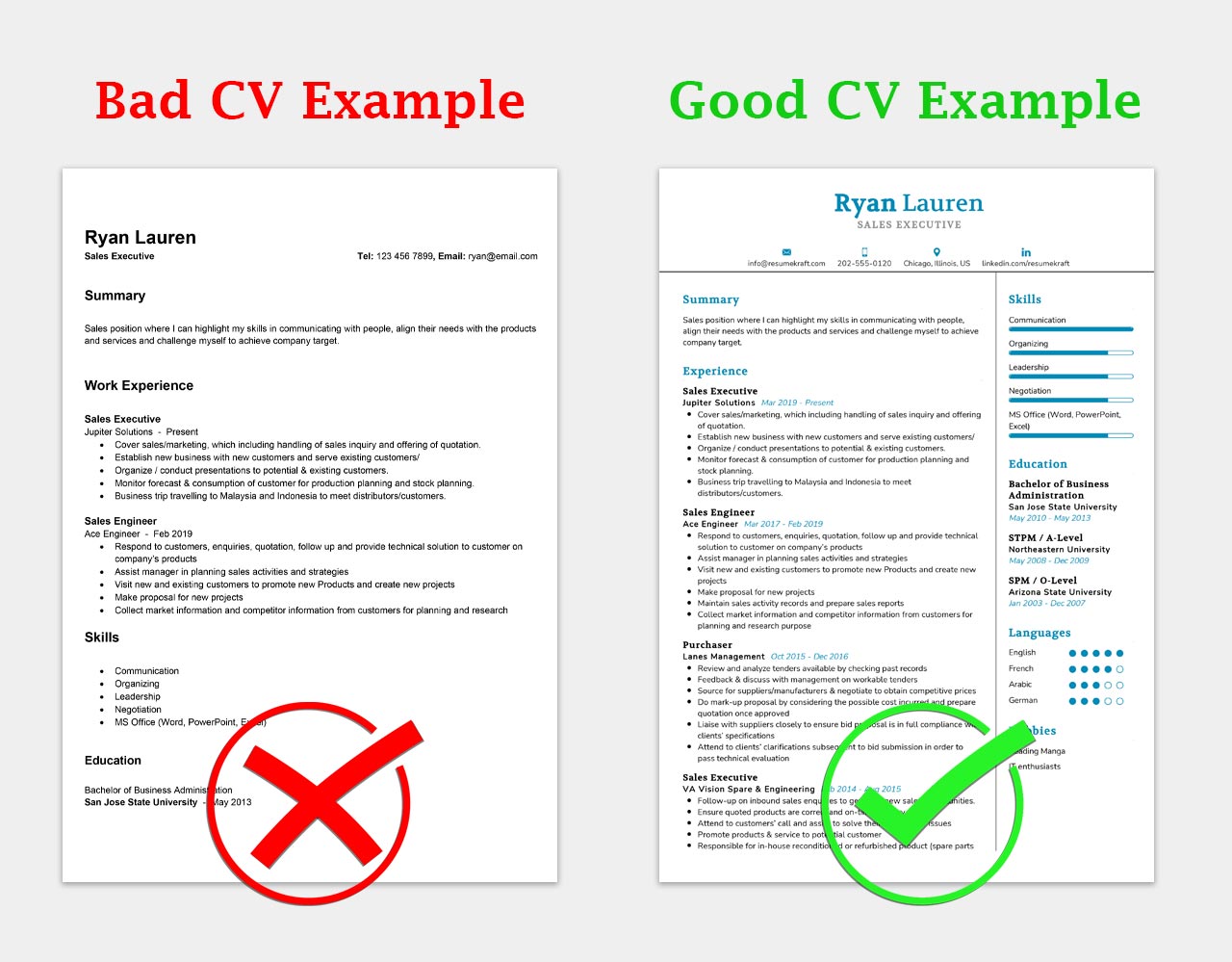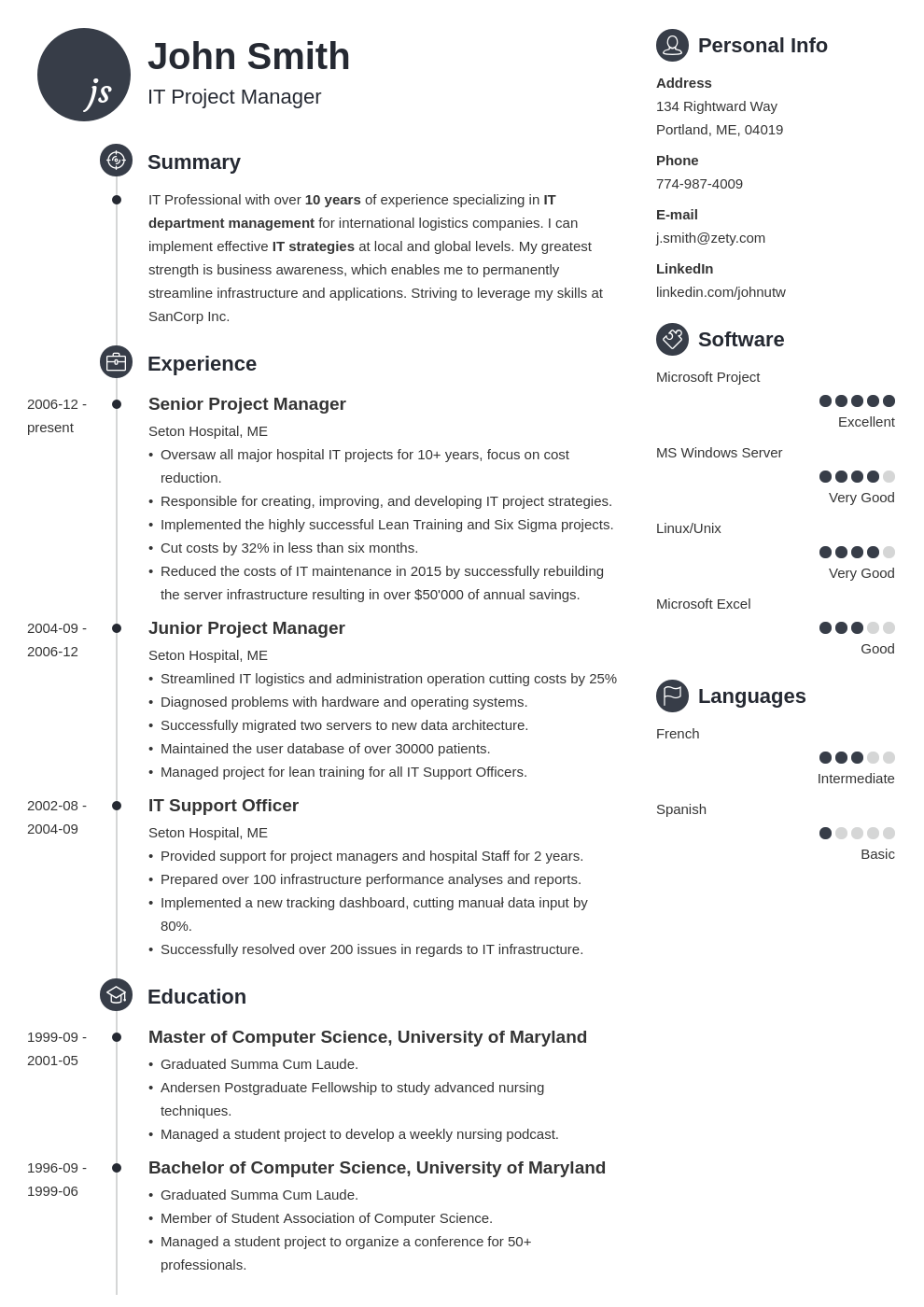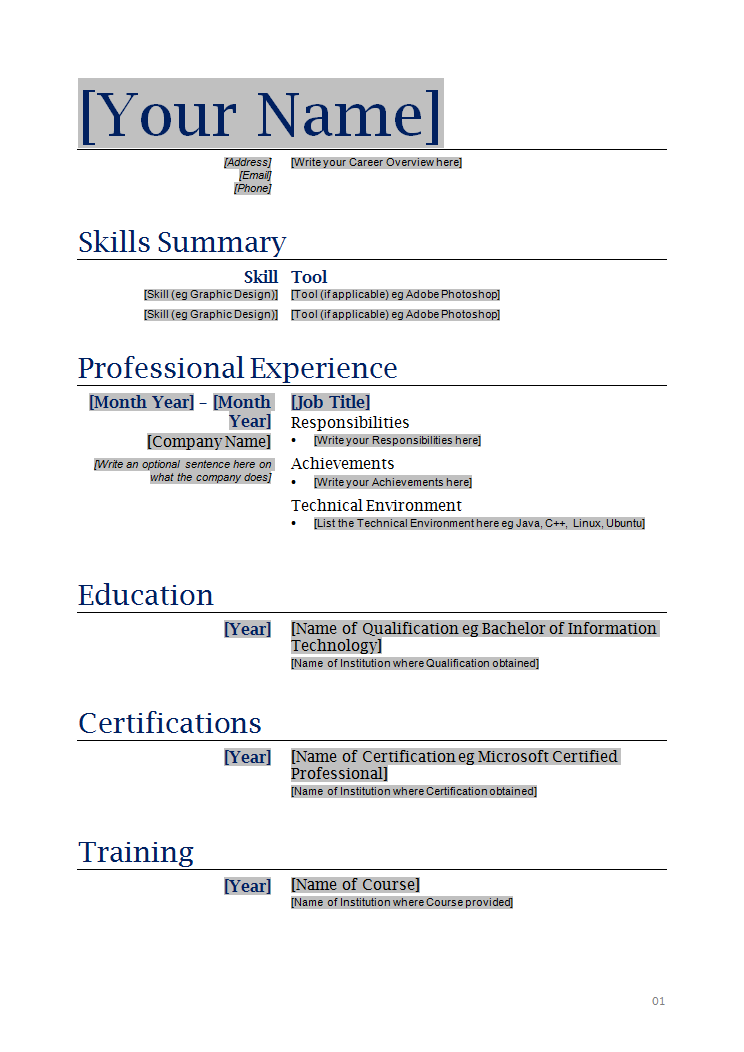The Best Way How to Make a Resume Look Nice: A Guide to Visual Appeal and Professionalism
Your resume is your first impression on a potential employer. While content is king, presentation is a close second. A visually appealing resume doesn’t guarantee a job offer, but a poorly formatted one can quickly land your application in the rejection pile. This comprehensive guide will walk you through the best ways to make your resume look nice, ensuring it’s both aesthetically pleasing and professionally impactful.
1. Choosing the Right Resume Template
The foundation of a great-looking resume lies in selecting the right template. Avoid overly flashy or distracting designs. Simplicity and readability are key. Look for templates that:
- Are clean and uncluttered: White space is your friend. Too much information crammed onto a page is hard to read.
- Use a professional font: Stick to classic and easily readable fonts like Arial, Calibri, Times New Roman, or Garamond. Avoid script fonts or anything too unusual. Maintain consistency in font size and style throughout.
- Have a logical structure: The template should guide the reader’s eye naturally through your work experience, skills, and education.
- Are easily customizable: You should be able to easily adjust colors, margins, and spacing to match your personal brand.
Many free and paid templates are available online (e.g., Canva, Microsoft Word, Google Docs). Experiment to find one that suits your personality and profession.
2. Mastering the Art of White Space
White space, or the empty space around text and design elements, is crucial for readability and visual appeal. Don’t cram everything onto the page. Strategic use of white space:
- Improves readability: It allows the eye to rest and prevents the resume from feeling overwhelming.
- Creates a professional look: A clean and uncluttered design conveys professionalism and attention to detail.
- Highlights key information: White space naturally draws attention to important sections like your summary or skills.
Aim for a balanced layout with sufficient margins and spacing between sections.
3. Color Palette and Branding
While you should avoid overly bright or distracting colors, a carefully chosen color palette can enhance your resume’s visual appeal. Consider:
- Using a single accent color: This can subtly highlight key sections or your contact information.
- Matching your brand: If you have a personal brand or website, try to incorporate similar colors for consistency.
- Sticking to neutral backgrounds: White or off-white backgrounds are almost always the best choice.
Remember, subtlety is key. Your resume should be professional, not a work of art.
4. Ensuring Readability and Consistency
Readability is paramount. Beyond font choice, consider:
- Consistent formatting: Maintain uniform spacing, bullet points, and capitalization throughout.
- Headings and subheadings: Use clear and concise headings to organize information logically.
- Paragraph length: Keep paragraphs short and to the point. Use bullet points whenever possible to break up large blocks of text.
- Proofreading: Thoroughly proofread your resume for any typos or grammatical errors. This is crucial for maintaining a professional image.
5. Choosing the Right File Format
Finally, save your resume in the appropriate format. PDF is generally recommended as it preserves formatting across different devices and operating systems. Avoid sending your resume as a Word document unless specifically requested.
Conclusion
Creating a visually appealing resume is about striking a balance between aesthetics and functionality. By following these tips, you can craft a resume that not only looks nice but also effectively showcases your skills and experience to potential employers, increasing your chances of landing an interview.
Frequently Asked Questions (FAQs)
Q: Should I use a template or create my resume from scratch?
- A: Using a template is generally recommended as it provides a solid structure and ensures a professional look. However, you should still customize it to reflect your unique skills and experience.
Q: What are the best fonts for a resume?
- A: Arial, Calibri, Times New Roman, and Garamond are all excellent choices. Choose one and stick with it for consistency.
Q: How many pages should my resume be?
- A: One page is ideal for most job seekers, especially those early in their careers. Two pages may be acceptable for those with extensive experience, but aim for conciseness.
Q: Can I use images or graphics on my resume?
- A: Generally, it’s best to avoid images or graphics unless they are highly relevant to your field (e.g., a portfolio link for designers).
Q: What is the best way to proofread my resume?
- A: Proofread your resume multiple times, ideally on different days. Consider asking a friend or family member to review it as well. Using grammar and spell-check software is also highly recommended.




